Student Collage Project Asks “Who Is America?”
A MiddleWeb Blog
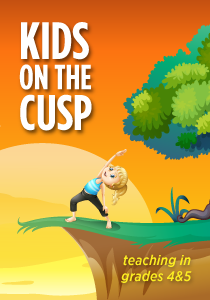 A few weeks ago I found myself driving around a cul de sac, searching for a house number, eventually finding it and pulling up to the curb in front of my student Sophie’s house. I walked up the front path and rang the doorbell.
A few weeks ago I found myself driving around a cul de sac, searching for a house number, eventually finding it and pulling up to the curb in front of my student Sophie’s house. I walked up the front path and rang the doorbell.
Sophie answered the door barefooted, wearing a light cotton sweater, eyes smiling brightly behind her colorful mask. She opened the door and stood there, letting a cold blast of air into the house.
“Put a coat and some socks on, ya’ chucklehead, and come outside,” I laughed. “It’s thirty degrees! I’ll wait out here on the stoop.”
She giggled a little as she scrambled away, re-emerging a few moments later, with socks, but no jacket, and carrying a large, plastic container. Inside was evidence of one of the first things I’d learned about Sophie and her family, the fact that Chicken Apple Leek Soup was a house specialty on a cold winter’s night.
I learned this delectable tidbit the first week of school, during some initial get-to-know-you activities, while I was trying to assess the level of tech savvy that each of my learners currently had in his or her pantry.
After three months of immersion learning during last Spring’s semester of virtual school (as discussed in this previous Cusp blog), a new beginning lay ahead, a new recipe in how we were going to try to make this work. My cupboard was teeming with ideas, but like any good recipe, I knew I would have to experiment with the seasonings to get it right.
One week into the school year, I’d been faced with a difficult decision. I had to ask myself if it was worth the risk to my own family’s well-being for me to return to the physical classroom. Recent articles in Edweek along with the advice of my doctor had been simmering around in my head since the news of our district’s hybrid teaching model was announced.
Three weeks into the new school year, I made the decision to teach remotely from home, confident I would do my job well, but still feeling like I was somehow letting down my students and their families. Six months into our year together, it’s nice to know that I haven’t.
Going hands-on from home
My students have enough going on in their historically insulated worlds. Global Pandemic. Violence in Washington, D.C. Election Anger and Divisiveness. Black Lives Matter. All lives matter. The Land of the Free. The Home of the Brave.
My role as a Social Studies teacher charges me with teaching to certain objectives. Our curriculum identifies numerous key questions to ask our fourth-grade selves. We begin to search history with questions like:
✻ How did the decisions of individuals and groups influence the development of our state and the United States as a whole in the past, the present, and the future?
✻ What is the role of citizens in the American system of republican democracy?
✻ Why do people from diverse cultures sometimes experience conflict?
In essence, we are being asked to define America. Who is America? That’s a big question.
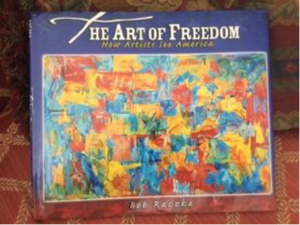
It was inspired by an image I found in a magazine – and a picture book entitled The Art of Freedom: How Artists See America, by Bob Raczka. In it, he looks with deep simplicity at America, through the eyes of eighteen individual American artists. Raczka’s book asks, “What is America?” In the books we create for our project, we will be asking ourselves, “Who is America?”
Each student book will house seven original collages, interpretations by very small American artists who are trying to make sense of the world around them. My hope is that, by taking our time to look at ourselves as small parts of a much bigger whole, we will be able to connect the past to the present, to analyze how we got from there to here.
Progressing through the pages
For the past five weeks, we have been collecting pictures from magazines, junk mail, catalogues, and such. Now, with a long President’s Day weekend behind us, we are ready to begin. Our first page is a collage to represent the World.
As we progress through the creation of pages, we will move closer and closer toward home. We will travel page by page, collage by collage, from our place in the World, to our place in America, to the view from our state, to a peek at our home town, to a reflection on life at our school, and to the front door of our homes, where we will make a point to look purposefully at our own family’s unique history.
On our final page is the collage that represents who each one of us is, as an individual. This is the page where our question is finally answered. Who is America?…”I am America.”
Our formal curriculum begins in the late 1400’s and explores history up through the Revolutionary War and the writing of our Constitution. After feasting on several bowls of Sophie’s soup and smiling contentedly, I found myself unable to identify one striking flavor in particular. Whatever it was, it truly held the essence of the soup.
I emailed Sophie’s mom to see if she’d be willing to share the recipe. She was more than willing, and she also included an article from the New York Times, tracing the mysterious ingredient back to George Washington himself!
As it turns out, the secret ingredient is Apple Jack Brandy, originating in the Americas in the year 1698 and becoming a favorite of many past Presidents. Sophie’s soup was tangible and tasty evidence of the past coming right into my kitchen.
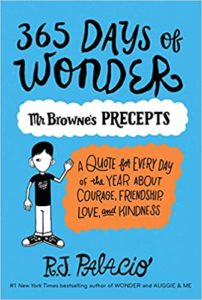
One of these delicious moments was spent, just a few weeks ago, on the front stoop of Sophie’s house, sitting, shivering, and chatting about life with one of this year’s crew.
Soup needs time to cook, to simmer, so all of the different flavors can blend and soak each other in. America could take a lesson from soup, that slow-simmered essence of who we are as a people…and who we have yet to become. I hope my students embrace the fact that we are all vital ingredients in this complicated recipe that is America.
Perhaps a serving or two of Sophie’s Chicken Apple Leek Soup could soothe our hungry, American Souls.
Collage Creation Resources:
Melissa Bauer’s PPT on the art of collage:
https://www.slideserve.com/melyssa-bauer/the-art-of-collage
Torn paper collage examples:
https://www.dentonisd.org/cms/lib/TX21000245/Centricity/Domain/6555/Torn%20Paper%20CollageWEB.pdf
Ten Most Famous Pop Art Paintings and Collage:
https://learnodo-newtonic.com/10-most-famous-pop-art-paintings-and-collages

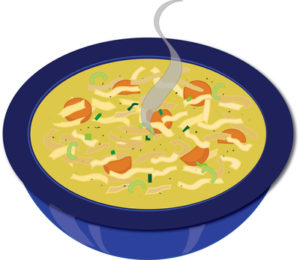
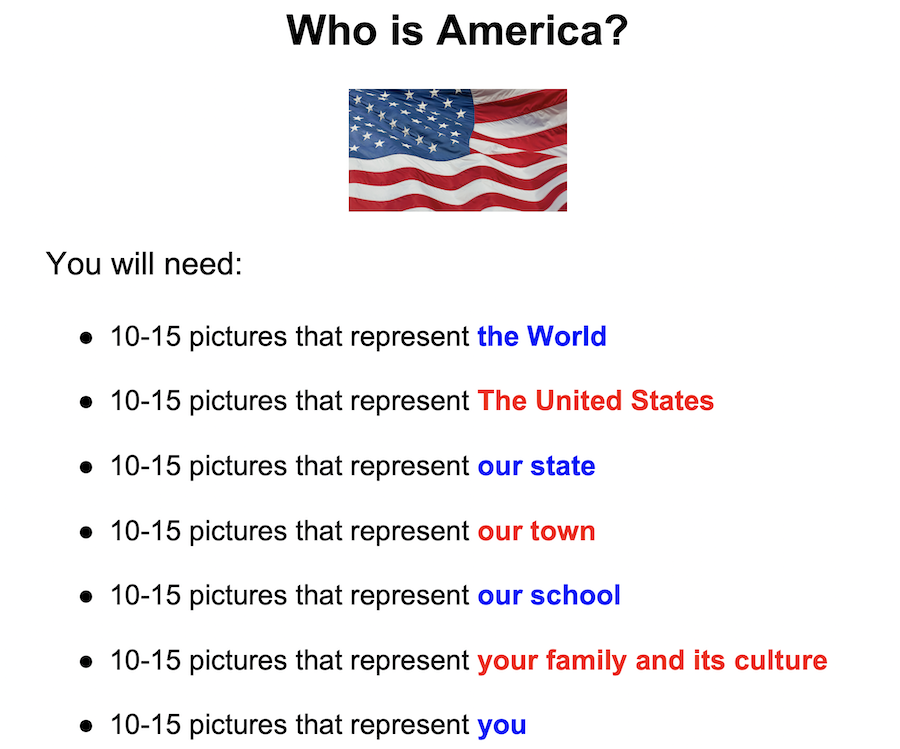






























Mary, this is an amazing project and interdisciplinary and hands-on. Thank you for making your ideas so specific that anyone could replicate it at any grade level.
Thank you, Mary! I am having so much fun listening to the kids explain why the images and words they selected could be part of each collage for different reasons…and the feedback their classmates are giving. We are all unmuted during our project work, so it sounds like a “normal” classroom too!!